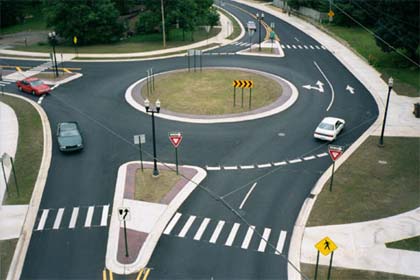Group 2
A Blog about Urban Public Issues
Monday, April 23, 2012
Riots in Urban Areas
Monday, April 16, 2012
Running Riot
Sunday, April 8, 2012
Week 12 Shrinking Cities & Ecological Unconscious
A superfund site in Michigan for liquid disposal >> these are the types of structures that may ultimately wake up your ecological unconscious
Monday, April 2, 2012
Driven To Spend (Sprawling)

Monday, March 26, 2012
Sustainable Building and Ecological Intelligence
- Passive solar heat through energy efficient windows
- Compact fluorescent and LED light bulbs which are far more efficient
- The use of grey water
- Using recycled materials
- Better insulation
- More efficiency building materials including "earthpack"
- The use of not only efficient HVAC systems, but the additional use of air ventilation systems. There is a lot of indoor air pollution in our homes.
- The use of building materials which are "low in off gases" and and other dangerous air pollutants such as Volatile Organic Compounds.
Monday, March 19, 2012
Week 9- Transportation-Related Challenges

In Ralph Buehler’s article “Determinants of Transport Mode Choice: A Comparison of Germany and the USA” published in the Journal of Transport Geography, the author addresses the motorization rates in Germany and the US. Studies show that Germans make a four times higher share of trips using “green” methods of transportation (walking, biking, etc.) Delving deeper into the issue to discover why this may be, Buehler discovers that a lack of biking and walking friendly paths may be part of the issue. Many destinations in the US are accessible only by car, forcing many to drive. In addition to this problem, gas taxes and registration fees are lower in the US than they are in Germany, reducing incentive for Americans to use green methods of transportation. Also, parking is cheap and generally readily available, and road construction and maintenance are subsidized at a higher rate. These aspects present a significant obstacle for the US in reducing vehicle-related greenhouse gas emissions that contribute to global warming.
In an article published in Time: Moneyland magazine, author Brad Tuttle discusses the gap between Germans and Americans (http://moneyland.time.com/2010/09/27/why-you-should-behave-less-like-an-american-and-more-like-a-german/). He believes the gap is due to cultural differences. I find this to be an interesting thesis. While I agree with Buehler in the aforementioned article, I also think the dramatic difference between the transportation choices made by Germans versus Americans is partly behavioral. The way we are raised plays a large role in the choices we will make for the rest of our lives. For instance, if we are raised by parents in an area where we can walk to places like school, the grocery store, and shops, we are likely to develop the same habits and continue to do so, if possible. But unfortunately, most Americans are raised in suburban towns plagued by urban sprawl that force them to be very auto-dependent.
With all that being said, the issue at hand is a serious one that needs feasible solutions now. The first step for the US is creating the infrastructure for walking and cycling so that people can choose to use these green methods of transportation if they desire. Other regulations like increasing incentive to walk or bike, can then be proposed. Portland, Oregon is very pedestrian friendly, and can be used as a model for other cities to add the proper infrastructure for walking and cycling.




